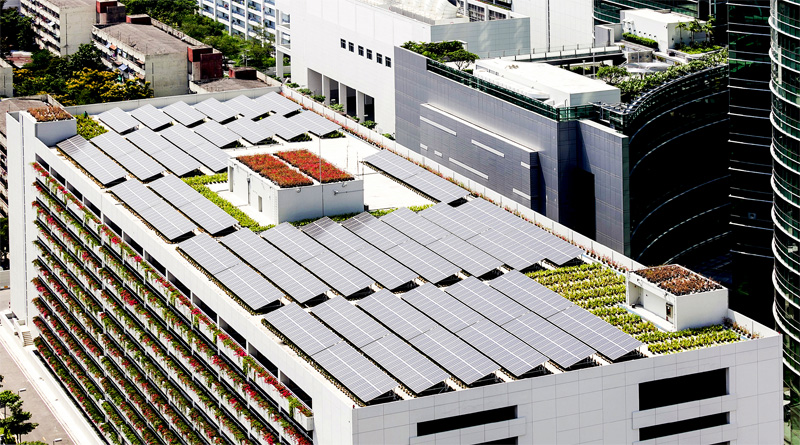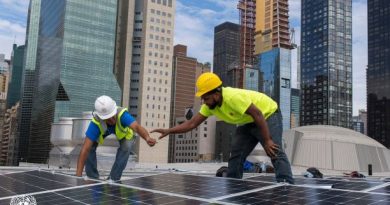2/40. Why the government is flunking rooftop solar

Even as word goes around that the government might increase the total renewables target for 2022 to 226GW, from the existing 175 GW, it is becoming increasingly clear that the achievement will be tender led, with heavy government interventions at scale. Because rooftop solar, that most visible and inclusive way to build real awareness and demonstrate benefits from solar has been badly mangled by government policy and bureaucracy. With just 2 GW out of a possible 40 GW target for 2022 achieved, the miserable performance in rooftop solar indicates the challenges for any sector with a heavy policy overhang.

We spoke to operators on the ground to understand just what is holding it back. For Pranesh Chaudhary, the Founder and CEO of Zunroof Tech, a rooftop focused firm with operations in NCR, the answer lies squarely with the government.
That probably isn’t all. Unlike industrial rooftop, where firms are establishing the set up at their cost and billing clients based on generation based on a PPA, residential rooftops have no such options. Financing is this a major issue in the residential rooftop, with banks usually unwilling to fund solar installations, due to unfamiliarity or lack of expertise. Potential clients are simply not keen on mortgaging property or offering any other collateral for solar installations, making it a still more difficult process. Some enterprising people have managed with what are called home improvement loans, or top up loans on existing home loans, but it remains a limited option in the overall scheme of things.
So what will it take to make rooftop solar take off? Every industry person we spoke to agreed that a single window clearance is a must. Zunroof’s Chaudhary went a step further and suggested subsidies based on actual generation ” so that installers have skin in the game and poor engineering/design/panel quality folks do not stand a chance”. It’s a valid argument, as the industry is flooded with installers with little experience today, who leaves behind a trail of dissatisfied customers and poor word of mouth for what should be a very attractive option if you go by the overall offers in the market today.
What came out very strongly was that in a country of India’s size, a 40 GW target for rooftop was not at all ambitious, and given the free play of markets, achievable. With the added benefit of not just helping the environment, but making the most visible case for going green for profit, not just an obligation. An argument that has always worked better with the value conscious Indian consumer.
copyright:iamrenew.com




